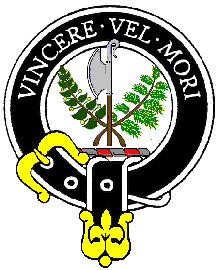top of page

his brother-in-law
Maclaine of Lochbuie Dress tartan

Maclaine of Lochbuie Ancient Dress tartan

Maclaine of Lochbuie Auld tartan

Maclaine of Lochbuie Hunting tartan

Maclaine of Lochbuie Ancient Hunting tartan

Arms of the Chief

bottom of page